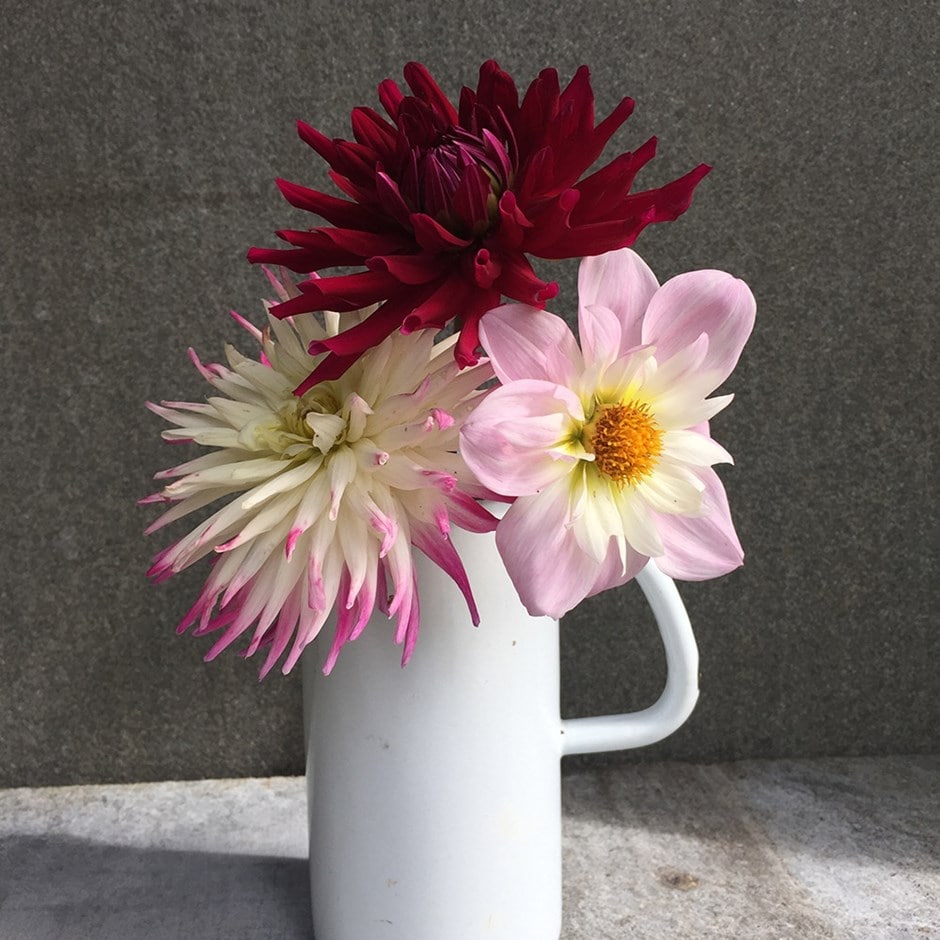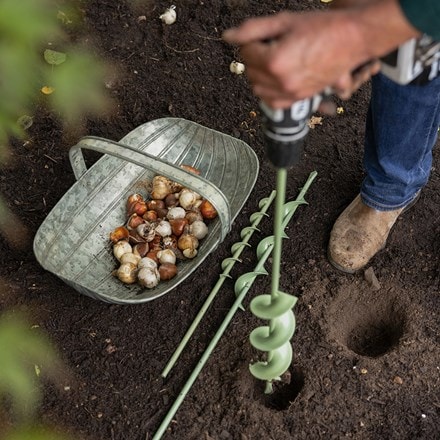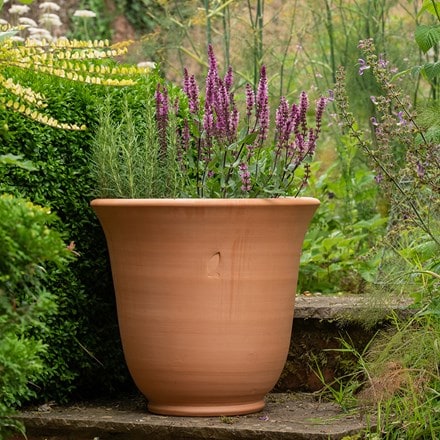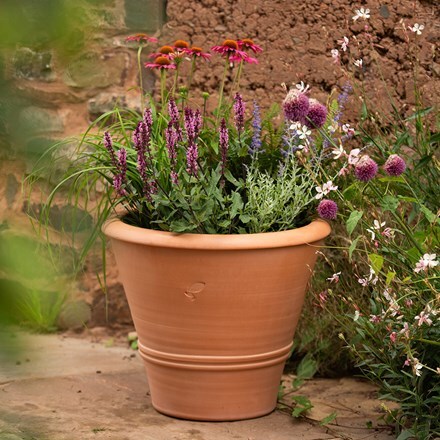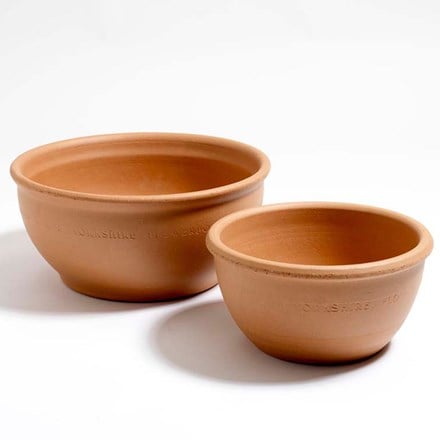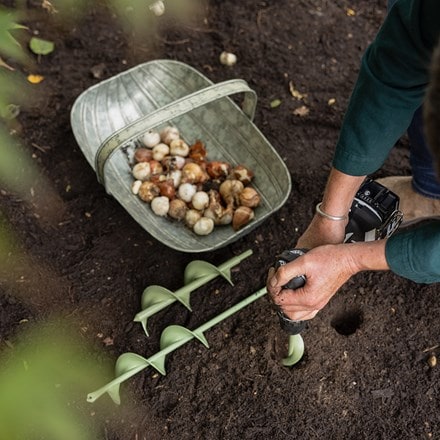Pink & plum dahlia collection
dahlia collection
- 1 × collection | 3 tubers
- £15.99
- available to order from winter
- 2 + 1 FREE collections | 9 tubers
- £31.98 £47.97
- available to order from winter
Delivery options
- Bulbs (only) £4.95
- Position: Full sun
- Soil: Moderately fertile, moist, well-drained soil
- Rate of growth: Average
- Flowering period: July to September
- Hardiness: Half hardy (may need winter protection)
The variation in colour and flower forms will add vibrancy as well as structural interest to borders from midsummer. These dahlias will put on quite a show if planted on their own, but they could also be mixed with rich purples and silvers.
In each collection you will receive one tuber of each of the following:
- Dahlia'Teesbrook Audrey': Much sought after by the bees, this charming collarette dahlia has a single outer row of broad, pale pink ray florets, which surround the yellow/cream 'collar'. Therefore, the overall effect is soft and subtle, so it mixes really easily with a wide range of other colours, including pastels and stronger hues. Grows to 80cm.
- Dahlia 'Rip City': A stunning cactus dahlia with red-black flowers and a black heart. The fully double flowers have long, narrow, pointed petals that recurve for more than half their length and have a ruffled appearance. Grows to 1.1m.
- Dahlia 'Veritable': Dazzling hot pink starbursts, each with a creamy white heart, appear in profusion, adding a bright shot of colour to borders from midsummer - sometimes until the first frosts. It's a relatively tall cultivar and the flowers top long stems, which makes it perfect for cutting. Grows to 1.2m.
Dahlia tubers can be planted outside after frost, or started off in pots under glass in late winter to early spring. Plant them horizontally approximately 12cm deep, making sure the ‘eyes’ are uppermost. Allow enough room between each tuber so the plants can grow and spread to their full size without being overcrowded. While in growth, provide a high-nitrogen liquid feed each week in June, then a high-potash fertiliser each week from July to September. Stake with canes or brushwood if it becomes necessary. In mild areas, leave them in situ over winter, but protect the crown with a generous layer of dry mulch. In colder areas, carefully lift and clean the tubers once the first frosts have blackened the foliage and allow them to dry naturally indoors. Then place the dry tubers in a shallow tray, just covered with slightly moist potting compost, sand or vermiculite and store in a frost-free place until planting out again.
- Humans/Pets: Ornamental bulbs - not to be eaten
